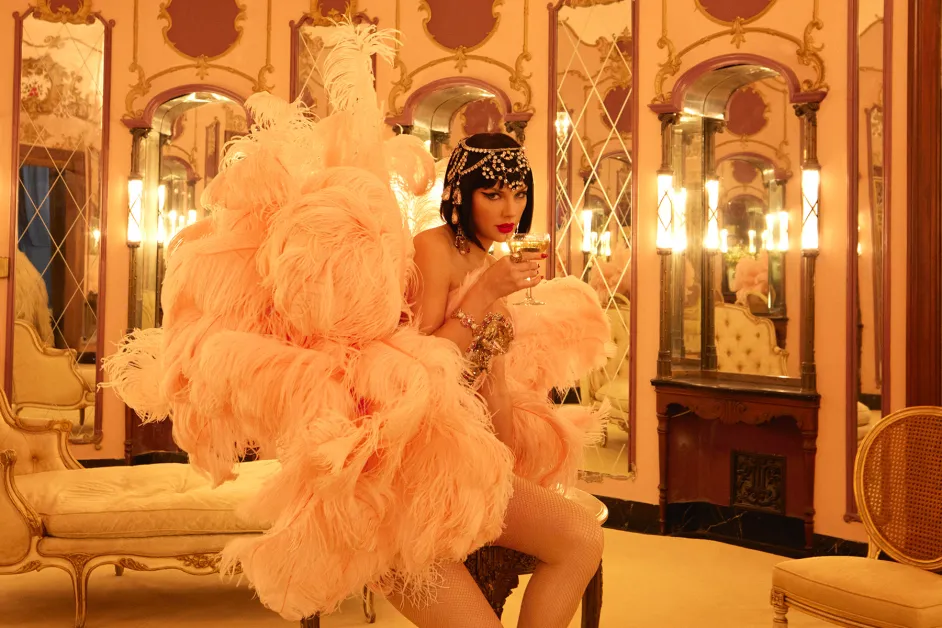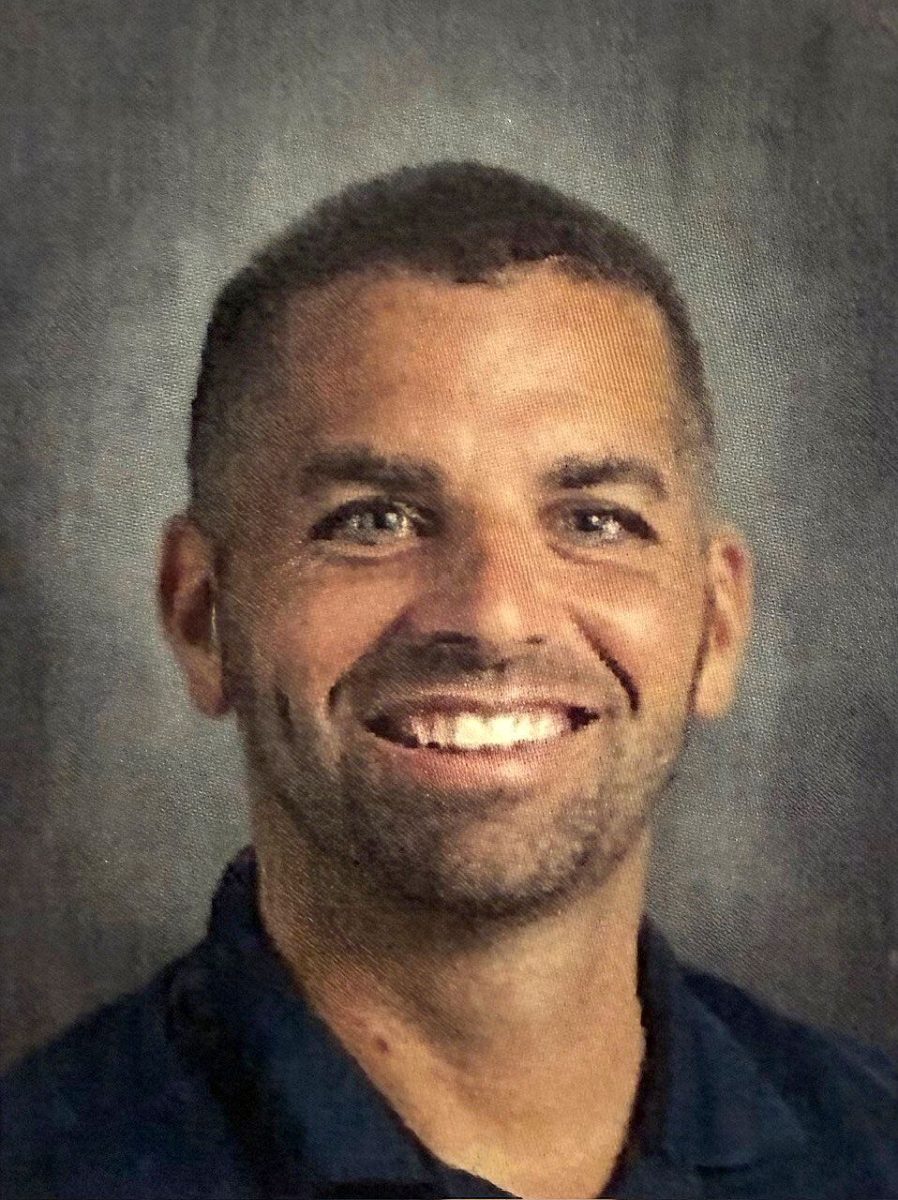Beyond the Binary: Exploring gender identity and expression

Inforgraphic by: Matt Troher
December 18, 2018
No longer do individuals feel obligated to present as either male or female, as a whole world of labels and identities have made themselves prevalent in today’s culture.
Sophomore Sam Spencer identifies as gender-fluid, a label for those whose gender they identify with fluctuates on a day-to-day basis.
“It’s basically not really a ‘loyalty’ to one gender or another,” Spencer said. “I go between as I feel I am. Whether that means more masculine or more feminine or somewhere in the middle, somewhere outside of that area, or a combination.”
People who subscribe to a more traditional view of gender view gender as either male or female, while those who view gender outside of the binary see gender as a shifting landscape with no clear boundaries.
“Gender is not just male, female, or androgynous,” Spencer said about their views on gender. “Gender in itself is this weird three-dimensional shape, it’s got bumps and bruises in it, and it’s constantly changing, there’s no clear center to it. It’s abstract and not always concrete, and it’s something that’s different for everyone.”
In our day-to-day conversation and discourse, gender has seemingly become a ‘hot button’ topic. What people tend to define gender often varies from person to person.
“People think that if you present masculine you’re male, and if you present feminine you’re female. If you present more androgynous you’re non-binary, and it’s not that,” Spencer said.
Experimenting and pushing the boundaries of gender is not limited to those who identify outside of the gender binary. Junior Emma Petske identifies as a cis-female, meaning she is biologically a female and identifies as such, but still she feels strongly about the importance of gender identity and expression.
“[The biggest misconception is] that everything has to fit into a box,” Petske said. “Everything doesn’t have to be so black and white and straightforward. My general philosophy is if somebody is doing something, and they’re not hurting anybody or themselves, then it shouldn’t matter.”
When exploring different identities comes the exploration of different labels. Labels and dichotomies are a deep topic in the field of gender.
A more traditional view of gender comes with two labels, male for those who present as masculine, and female for those who present as feminine. But as society’s views on gender progress, those who identify as either male or female, may feel more comfortable in experimenting with how they present themselves.
“I express myself with my hair, and my clothing, and my makeup,” Petske said about the way she expresses herself. “If I’m feeling pretty and feminine, I’ll be wearing more dresses and skirts, but if I’m feeling more masculine, I’ll wear loose jeans and a t-shirt, and there’s always the inbetween. I flow between it.”
Ultimately, Petske believes DGN is an accepting place for those who identify outside the binary.
“DGN is very accepting, espically of LGBTQ issues and different ideas of gender, and I’m very grateful of that,” Petske said. “Especially the teachers, I’ve noticed. I don’t think I’ve met one teacher who is outwardly discriminatory.”

























